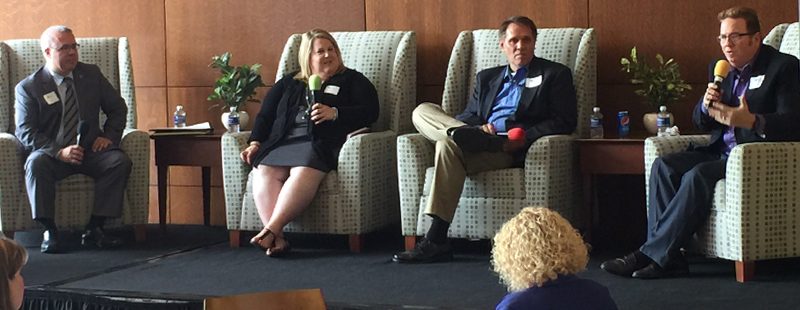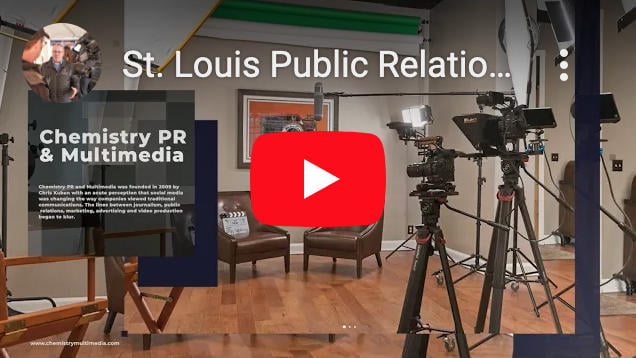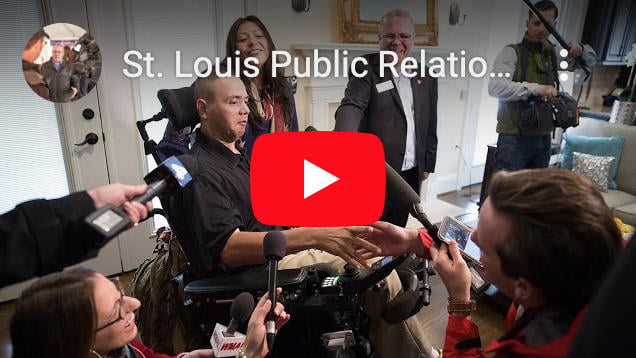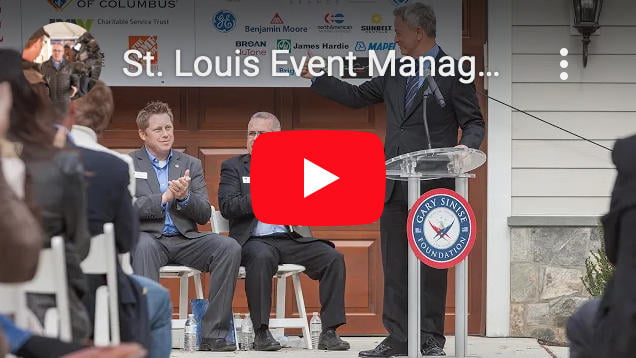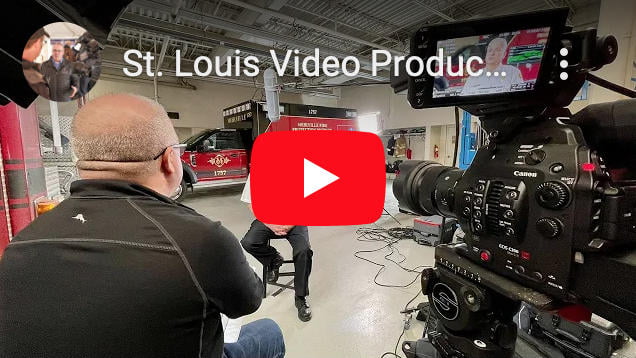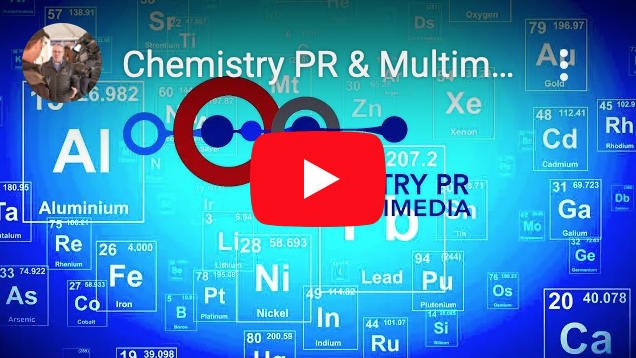Lessons from the Perfect Pitch Panel
On May 17, PRSA St. Louis hosted a panel of media practitioners and experts on “The Perfect Pitch” – how to pitch a story to the news media. Emceed by Chris Kuban, founder of and managing consultant at Chemistry PR & Multimedia, the panel included Jennifer Feldman, content producer at CNN’s New York City bureau; Ed Rich, until recently assignment desk manager at KSDK-TV; and Terry Cancila, assignment manager at KMOV-TV.
The discussion and the questions were free flowing. The panelists provided insights about their respective experiences and media outlets. Feldman noted, for example, that CNN distributes more 100,000 items to its 985 affiliates annually (did you know CNN had 985 affiliates?). And CNN’s No. 1 source for background checks is – surprise – LinkedIn.
One thing about pitching to the media hasn’t changed. Relationships are still crucial, the panelists all agreed. And relationships with the media are built through understanding and meeting deadlines, responsiveness, helping in tight time situations with background or information, and maintaining a reputation for professionalism.
But the panelists also emphasized – over and over again – what has changed about pitching to the media. Social media channels and use have fundamentally changed the news business. Television news in particular has increasingly become data-driven – what stories get the most visits on web sites; what’s being shared, liked, and commented on; and what’s trending hour to hour and day to day.
 And that directly affects what PR people need to do and what they need to know. Cancila recommended tearing up your press release and sharing only what’s timely and relevant. Rich pointed out that KSDK’s social media team has already been working for several hours before the station’s 9:30 a.m. editorial board meeting. “You need to know the social media accounts for the media you’re pitching,” he said. And expand the impact of a story by sharing it on your own or your client’s social channels. Feldman pointed out that reporters and editors are constantly checking their social media accounts.
And that directly affects what PR people need to do and what they need to know. Cancila recommended tearing up your press release and sharing only what’s timely and relevant. Rich pointed out that KSDK’s social media team has already been working for several hours before the station’s 9:30 a.m. editorial board meeting. “You need to know the social media accounts for the media you’re pitching,” he said. And expand the impact of a story by sharing it on your own or your client’s social channels. Feldman pointed out that reporters and editors are constantly checking their social media accounts.
The implications for PR people, in agencies, or working inside organizations, are clear.
If you’re managing media relations separately from your social media programs, you may need to rethink your management.
Before you pitch a story to an editor or reporter, you should check and learn what they and their news organization are doing on Facebook, Twitter, Snapchat, Pinterest, the organization’s web site and blogs, and other channels they’re utilizing. Look at the data from their social sites – what are people liking, what are they sharing, what are they tweeting. If you’re not looking at these social channels, you’re likely hamstringing your media relations programs.
If you’re pitching an interview, make sure the potential interviewee has a full profile on LinkedIn – the reporter and/or editor is likely to look there. Over time, considering helping that interviewee develop their LinkedIn channel – with posts demonstrating their expertise and knowledge. And publicize those posts, independent of media pitching.
The perfect media pitch is still based on solid and professional relationships, but its ongoing success may be determined by what you’re doing or not doing with social media.
This blog post was written by Glynn Young, APR, Communications Director for PRSA St. Louis Chapter for the Public Relations of America St. Louis Chapter.

